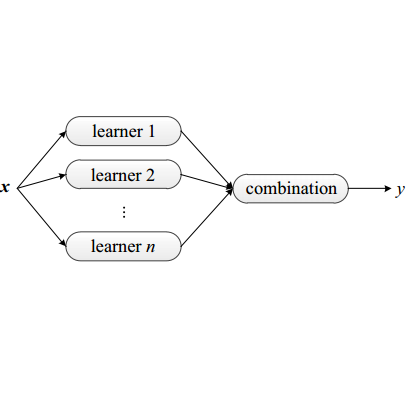Applying neural network (NN) methods in games can lead to various new and exciting game dynamics not previously possible. However, they also lead to new challenges such as the lack of large, clean datasets, varying player skill levels, and changing gameplay strategies. In this paper, we focus on the adversarial player strategy aspect in the game iNNk, in which players try to communicate secret code words through drawings with the goal of not being deciphered by a NN. Some strategies exploit weaknesses in the NN that consistently trick it into making incorrect classifications, leading to unbalanced gameplay. We present a method that combines transfer learning and ensemble methods to obtain a data-efficient adaptation to these strategies. This combination significantly outperforms the baseline NN across all adversarial player strategies despite only being trained on a limited set of adversarial examples. We expect the methods developed in this paper to be useful for the rapidly growing field of NN-based games, which will require new approaches to deal with unforeseen player creativity.
翻译:在游戏中应用神经网络(NN)方法可能导致以前不可能做到的各种新的和激动人心的游戏动态。 但是,它们也会导致新的挑战,例如缺乏大型的、干净的数据集、不同的玩家技能水平和不断变化的游戏策略。 在本文中,我们侧重于游戏 iNNK 中的对立玩家战略方面,游戏玩家试图通过图纸来交流秘密代码词,目的是不被NN解开。一些战略利用NNN的弱点,这些弱点不断诱使它进行不正确的分类,导致游戏玩耍不平衡。我们提出了一个方法,将转移学习和组合方法结合起来,以获得对这些战略的数据效率适应。这种组合大大超过所有对立玩家战略的基线NNN,尽管只是在有限的一组对抗范例上接受培训。我们期望本文中开发的方法对NNN游戏迅速发展的领域有用,这需要新的办法来应对意外玩家的创造力。




